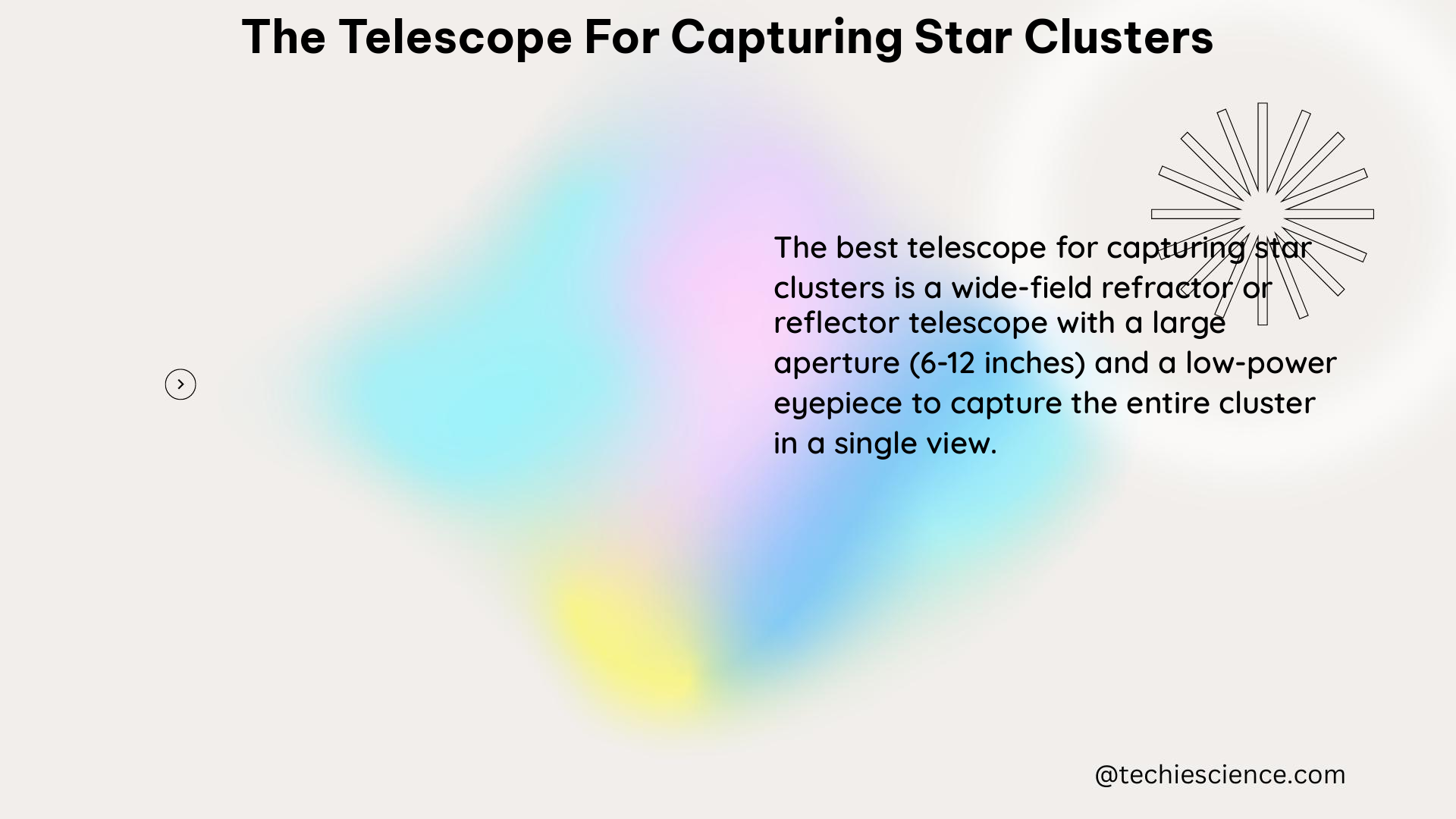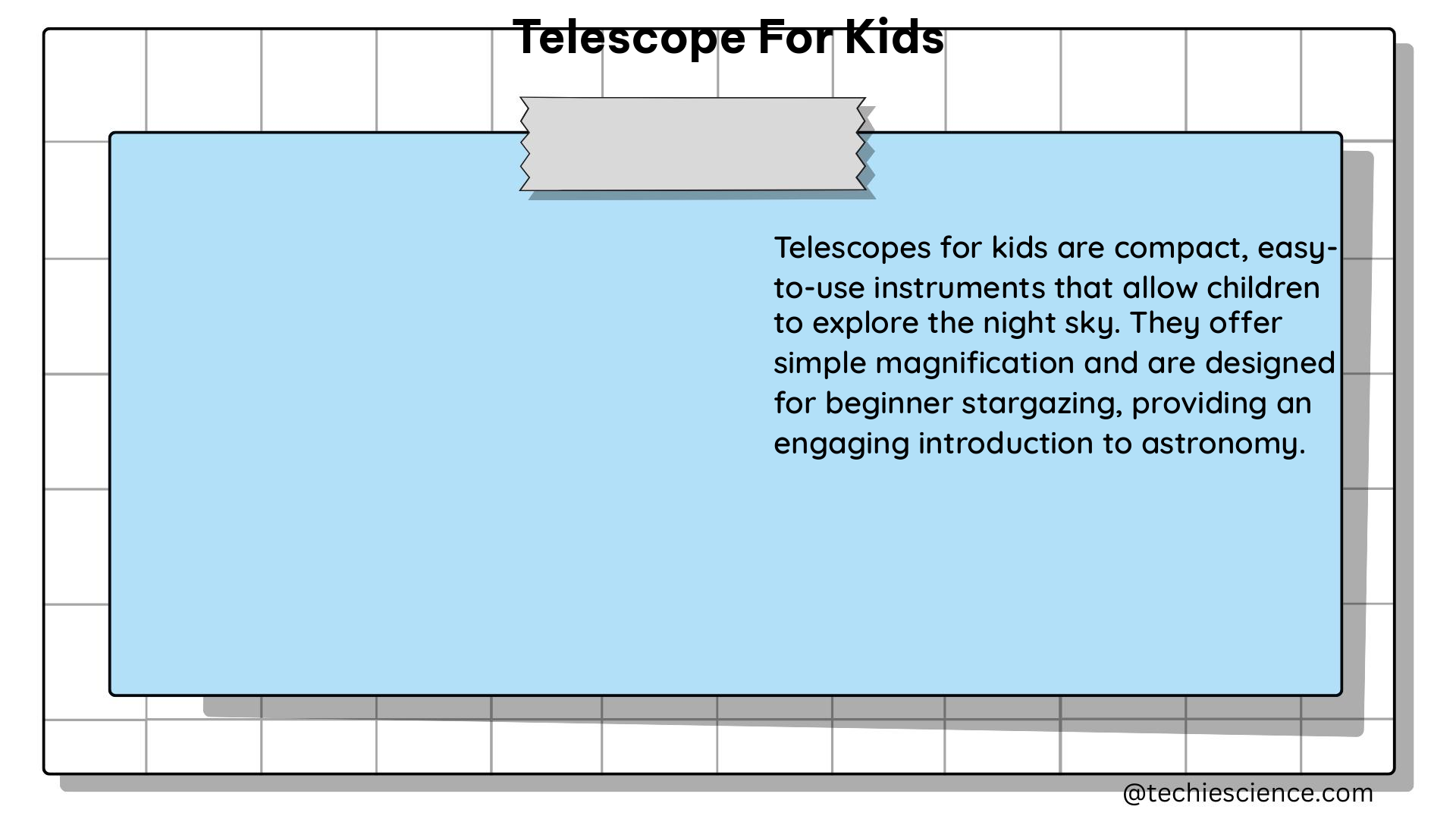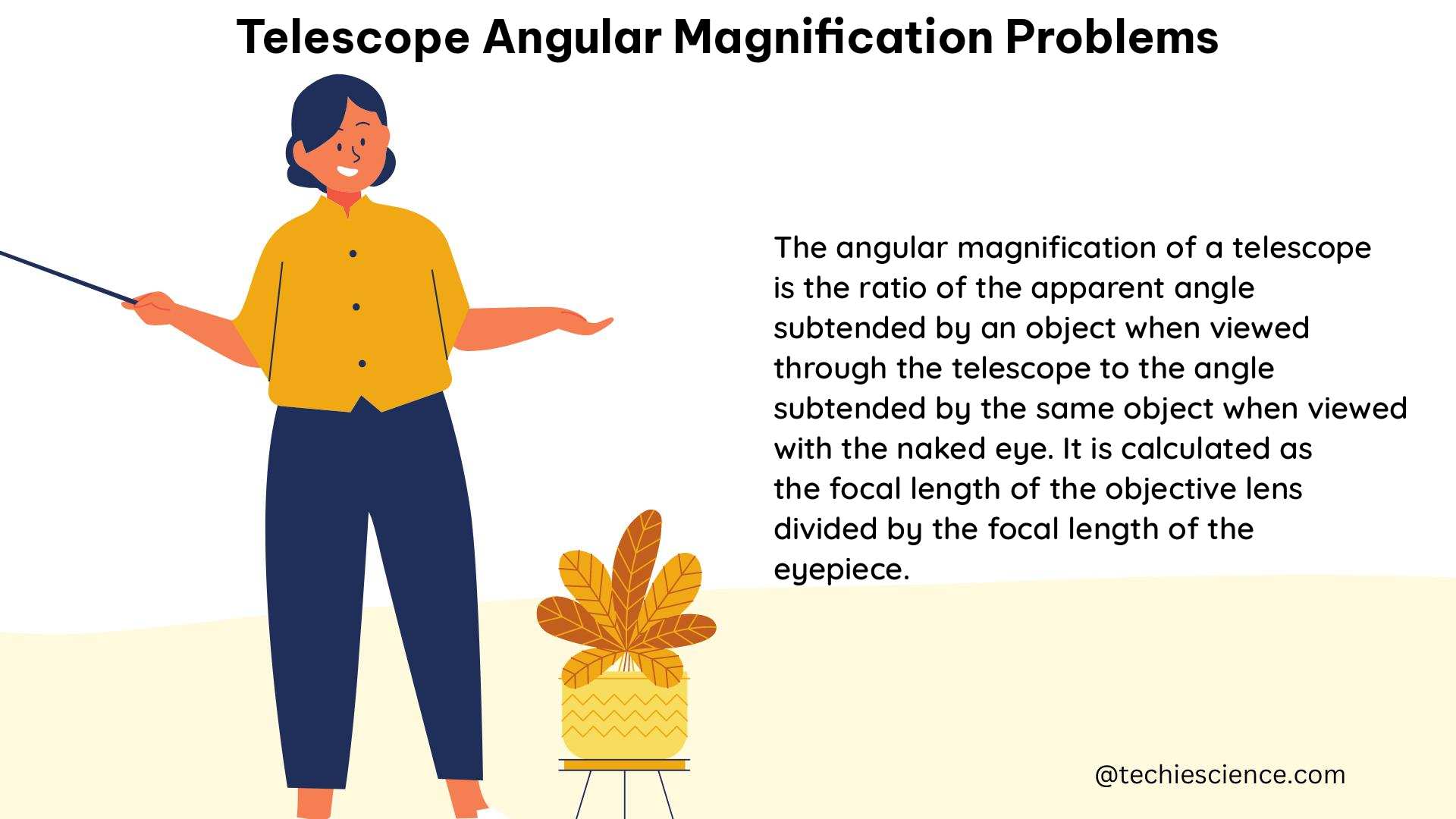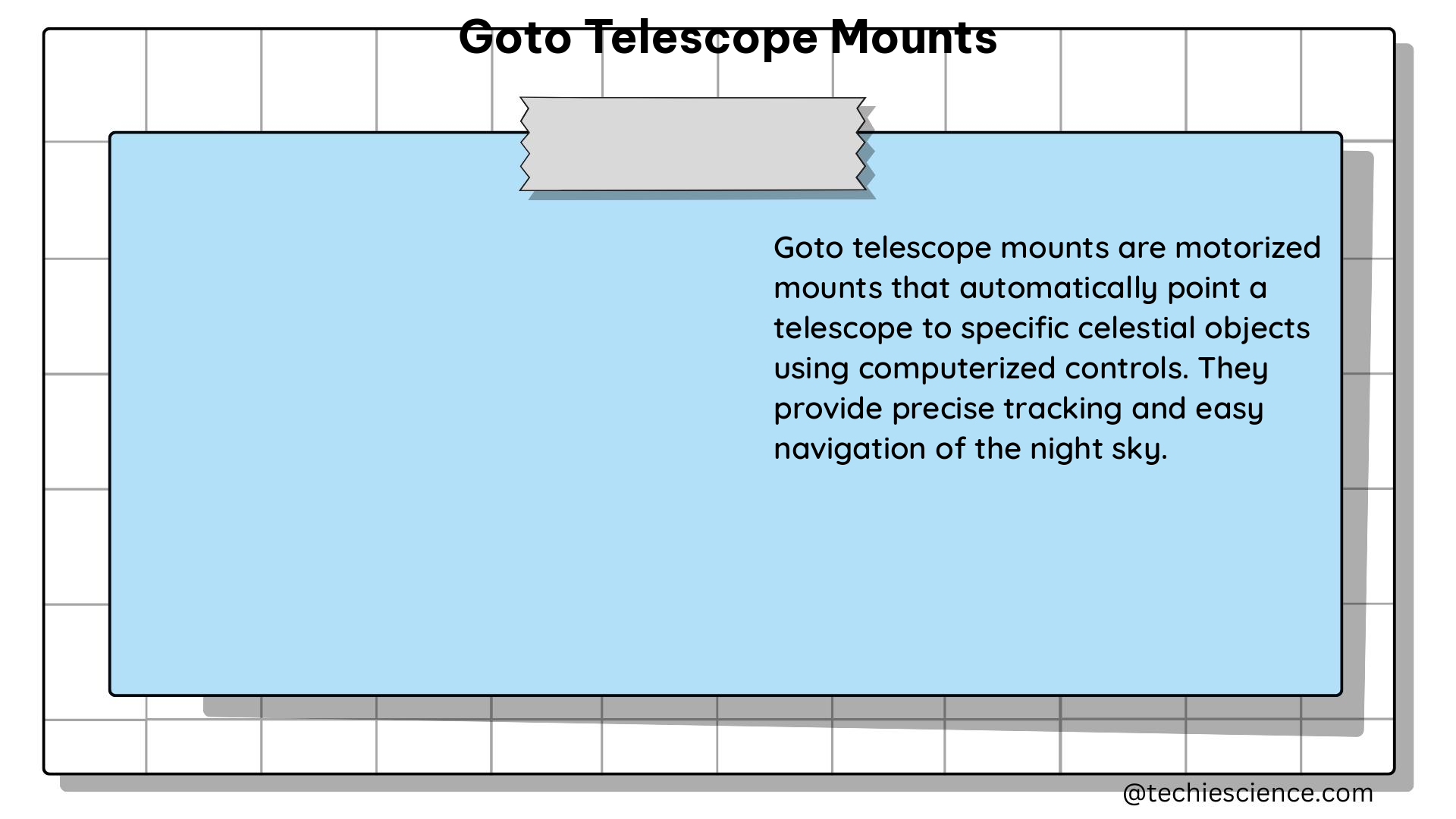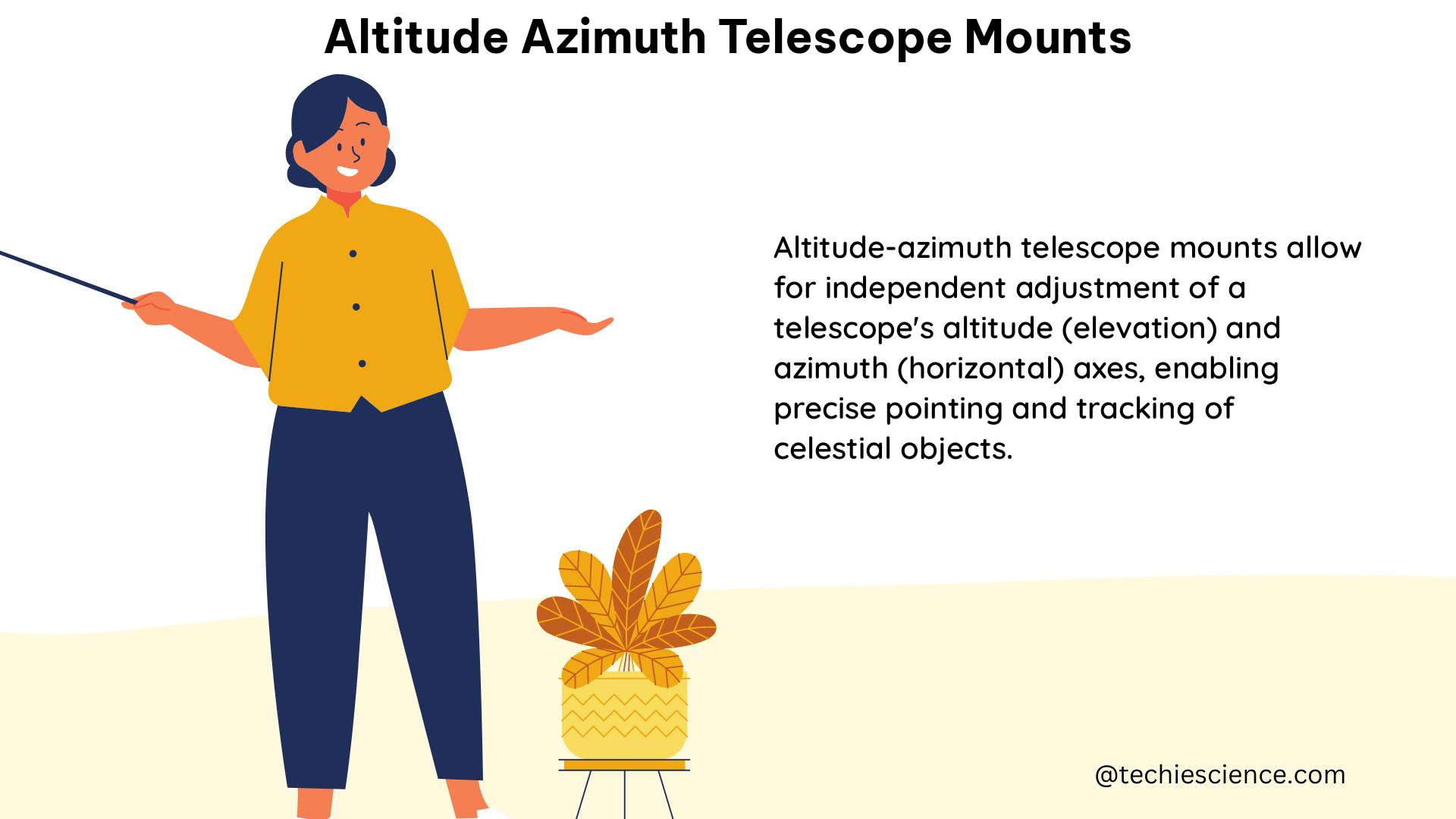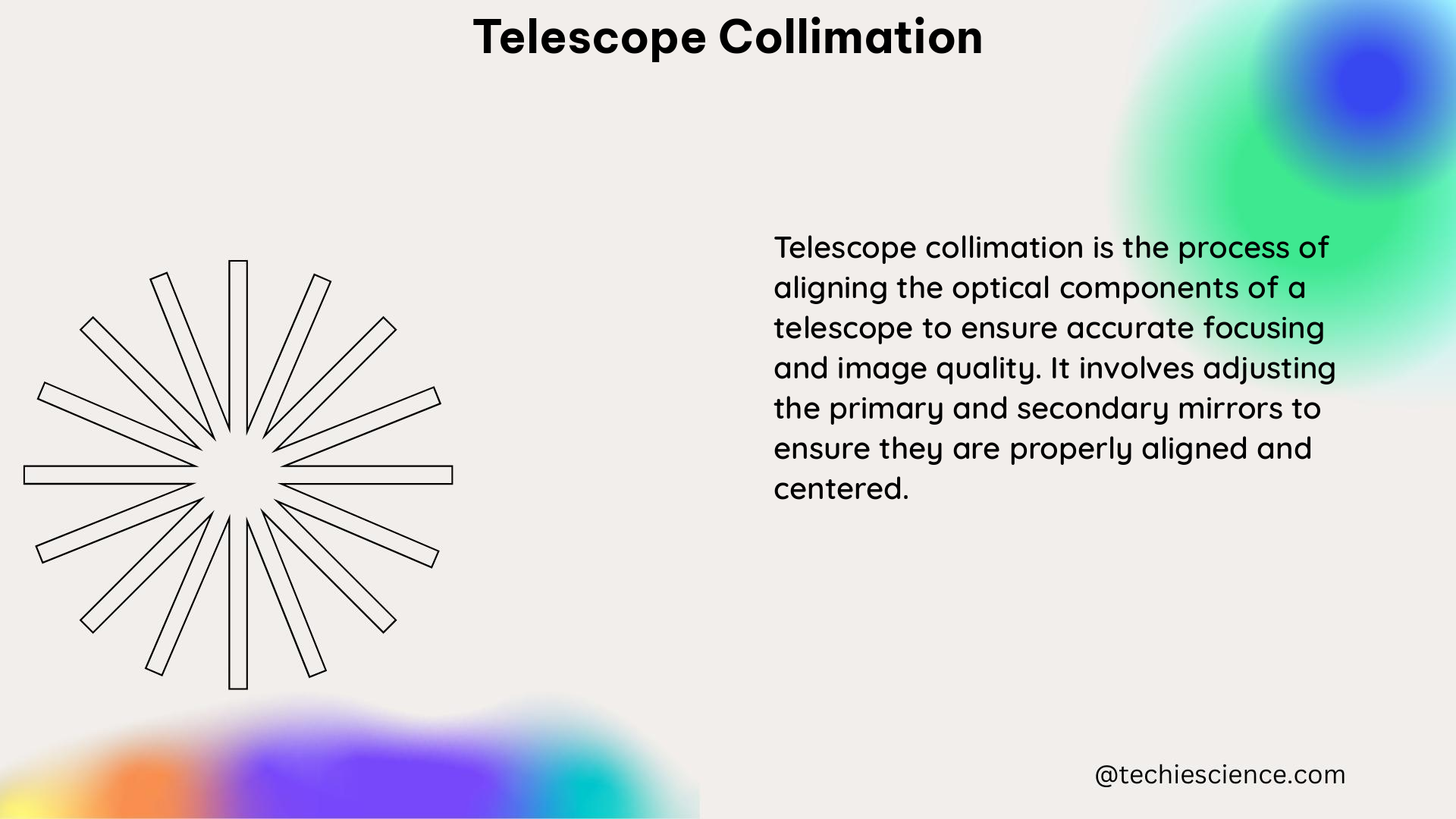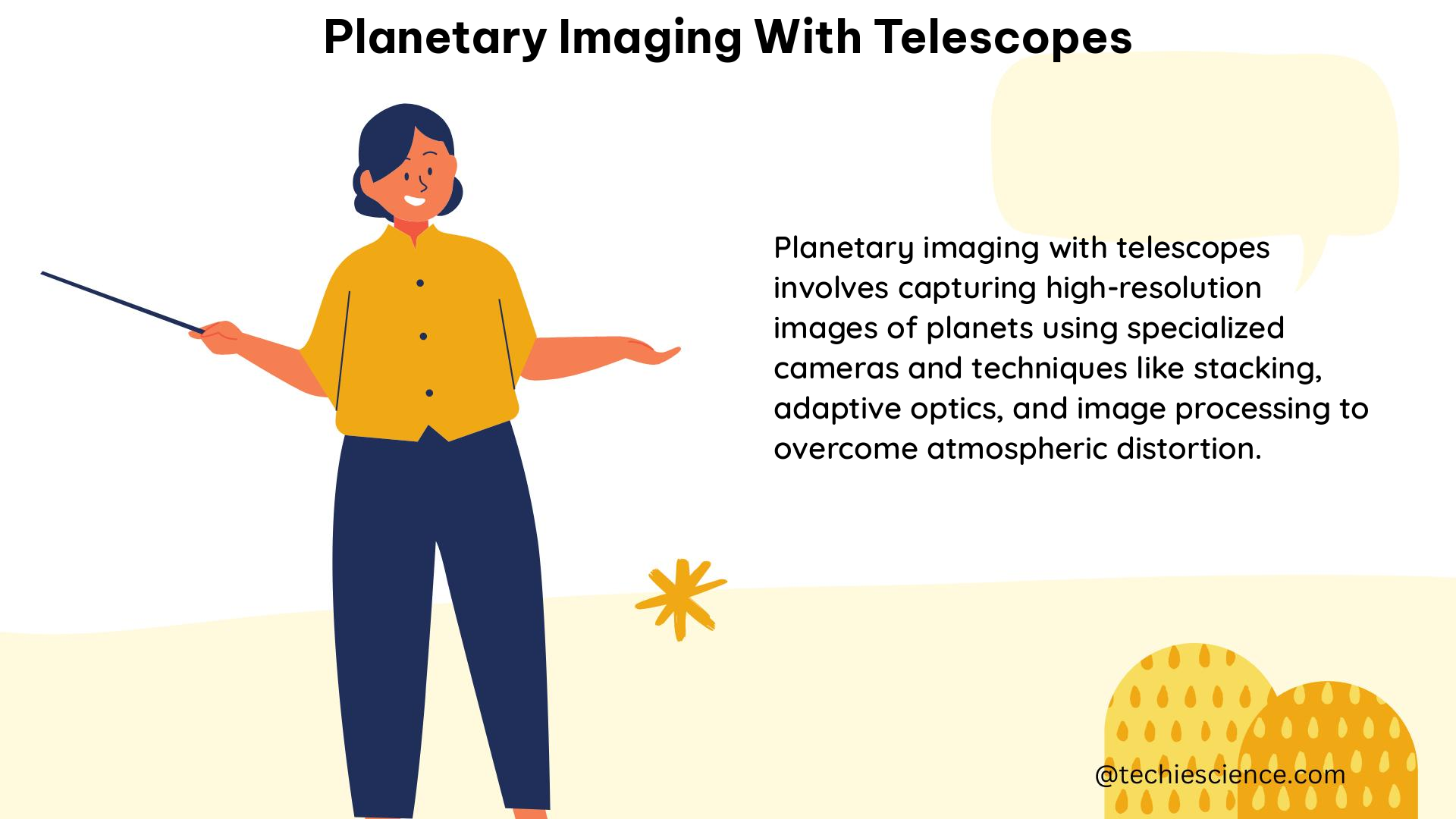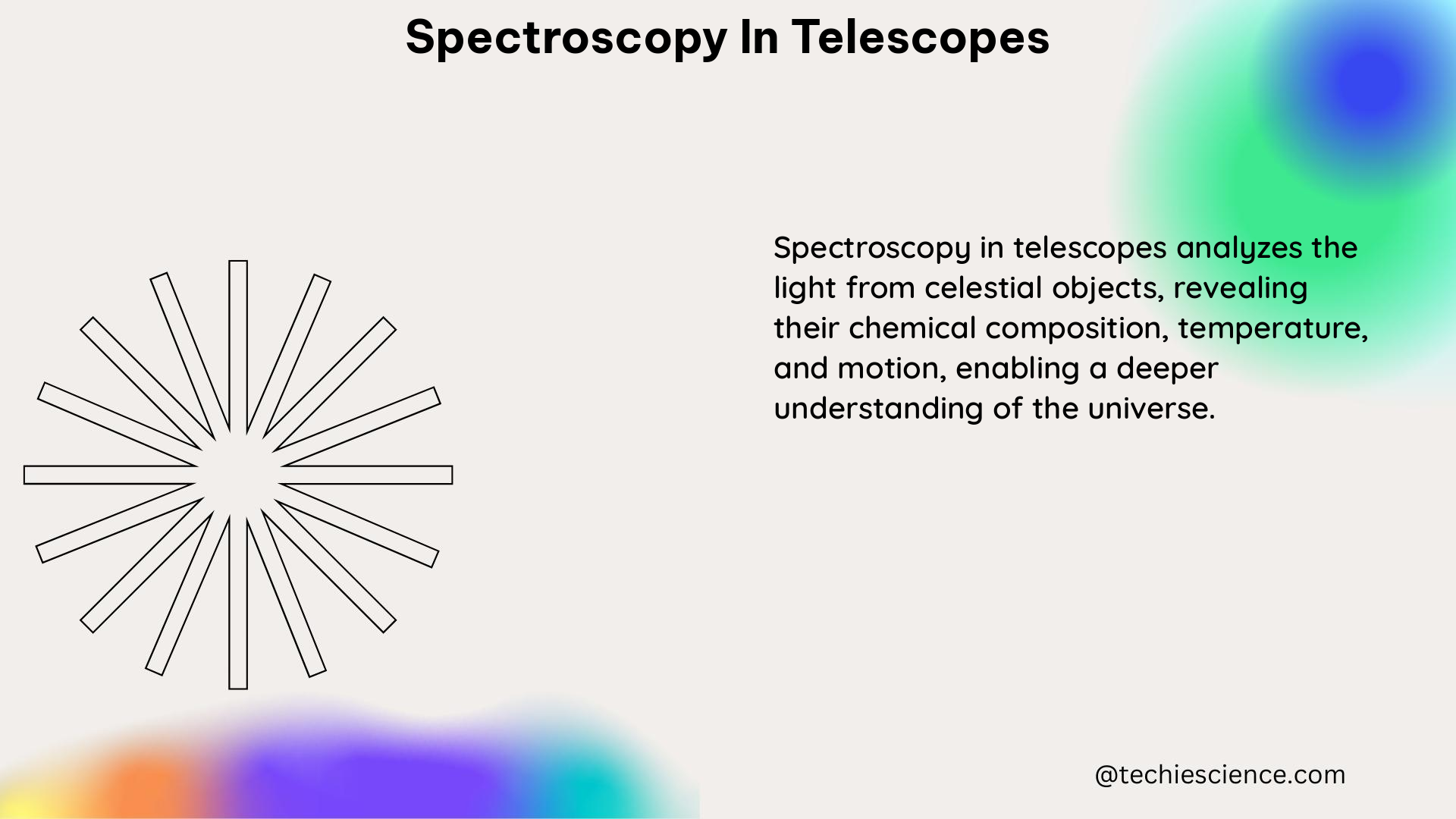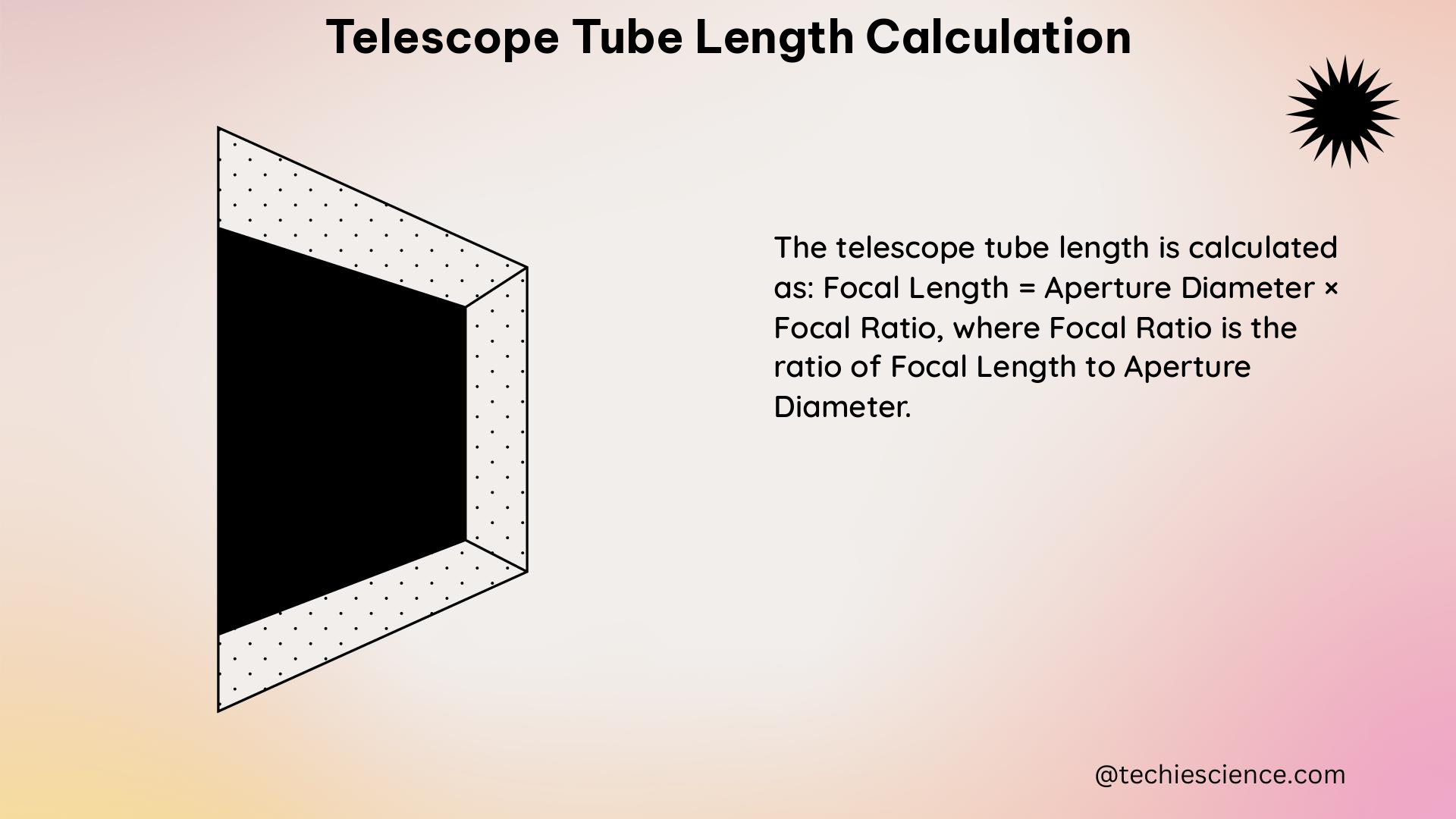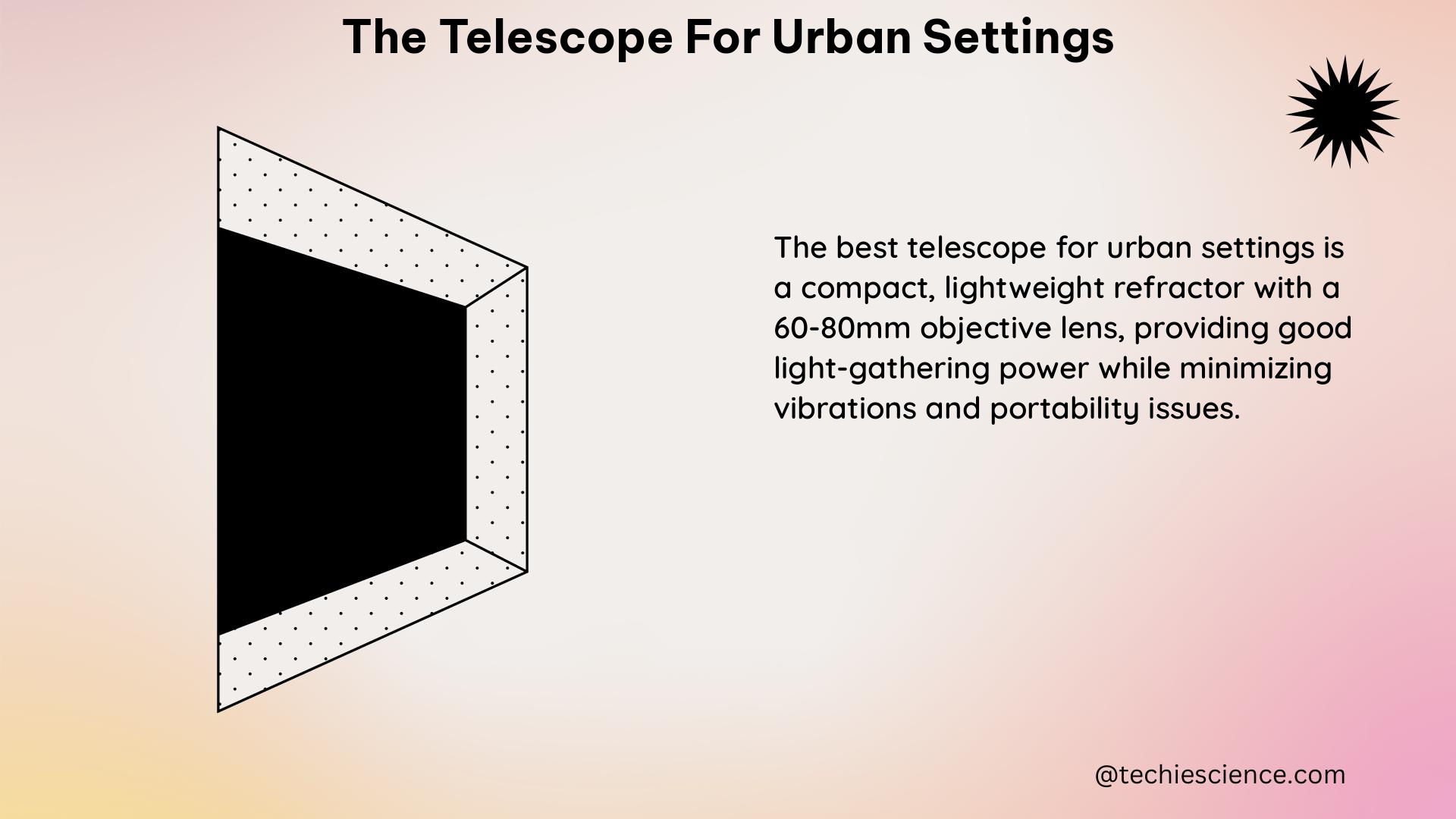The Telescope for Capturing Star Clusters: A Comprehensive Guide
Summary Capturing the stunning beauty of star clusters requires a carefully selected telescope that can gather sufficient light, provide high resolution, and offer the right field of view. This comprehensive guide delves into the key factors to consider when choosing the perfect telescope for astrophotography of star clusters, including aperture, focal length, focal ratio, and … Read more
